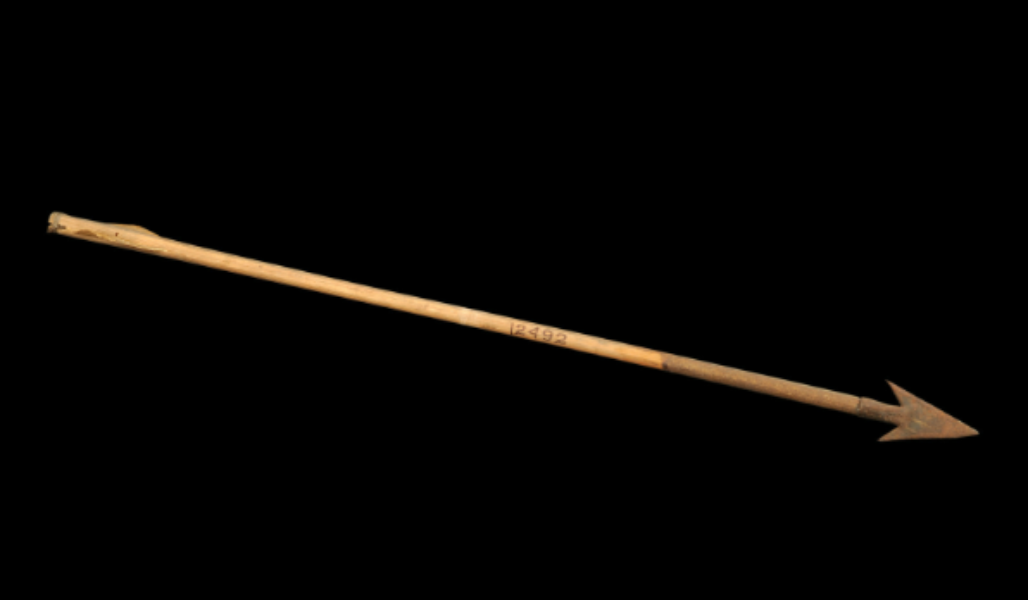State
Tribe Name
Art Type
short description
Traditionally a bamboo arrow belongs to Konyak Naga, tribesmen of Nagaland's Mon District. Bhain denotes their craftsmanship and heritage in culture. The Indian Museum in Kolkata houses the Konyak's remarkable arrow: a bamboo shaft fitted with a small pointed iron head. It shows the understanding of the best use of available local materials by the efforts of the tribe to effectuate hunting and fighting tools.
Thumbnail

Filter Postion
Left
Filter Background
Off
Theme
Filter Header Image

content
Image

description
Traditionally a bamboo arrow belongs to Konyak Naga, tribesmen of Nagaland's Mon District. Bhain denotes their craftsmanship and heritage in culture. The Indian Museum in Kolkata houses the Konyak's remarkable arrow: a bamboo shaft fitted with a small pointed iron head. It shows the understanding of the best use of available local materials by the efforts of the tribe to effectuate hunting and fighting tools.
Well, those arrows were fully utilized as part of Konyak culture, like in the time of headhunting. A combination of a lightweight bamboo shaft with a rugged iron tip made them quick and deadly. The Konyaks are no weaponsmiths; they are also capable of iron smelting, gunsmithing, brass work, and other activities that showcase their diverse metallurgical talents.
The design of the bamboo arrow accentuates the fact that the Konyaks keep very close ties with nature-they used environmentally sustainable sources-the fast- growing bamboo, which is abundant in Northeast India. This is an example of observing and appreciating the harmony of nature by the sustainable use of bamboo by indigenous communities.
Artifacts such as the bamboo arrow, preserved in institutions of that nature like the Indian Museum, Kolkata, serve purposes in gaining insight into the martial traditions as well as the concepts of harmonious living with nature as possessed by the Konyak tribe. Their study might further enhance knowledge into the cultural-historical narratives of the indigenous communities of Northeast India.
Well, those arrows were fully utilized as part of Konyak culture, like in the time of headhunting. A combination of a lightweight bamboo shaft with a rugged iron tip made them quick and deadly. The Konyaks are no weaponsmiths; they are also capable of iron smelting, gunsmithing, brass work, and other activities that showcase their diverse metallurgical talents.
The design of the bamboo arrow accentuates the fact that the Konyaks keep very close ties with nature-they used environmentally sustainable sources-the fast- growing bamboo, which is abundant in Northeast India. This is an example of observing and appreciating the harmony of nature by the sustainable use of bamboo by indigenous communities.
Artifacts such as the bamboo arrow, preserved in institutions of that nature like the Indian Museum, Kolkata, serve purposes in gaining insight into the martial traditions as well as the concepts of harmonious living with nature as possessed by the Konyak tribe. Their study might further enhance knowledge into the cultural-historical narratives of the indigenous communities of Northeast India.
Image Mode
landscape
promoted
On
Verified
Off
